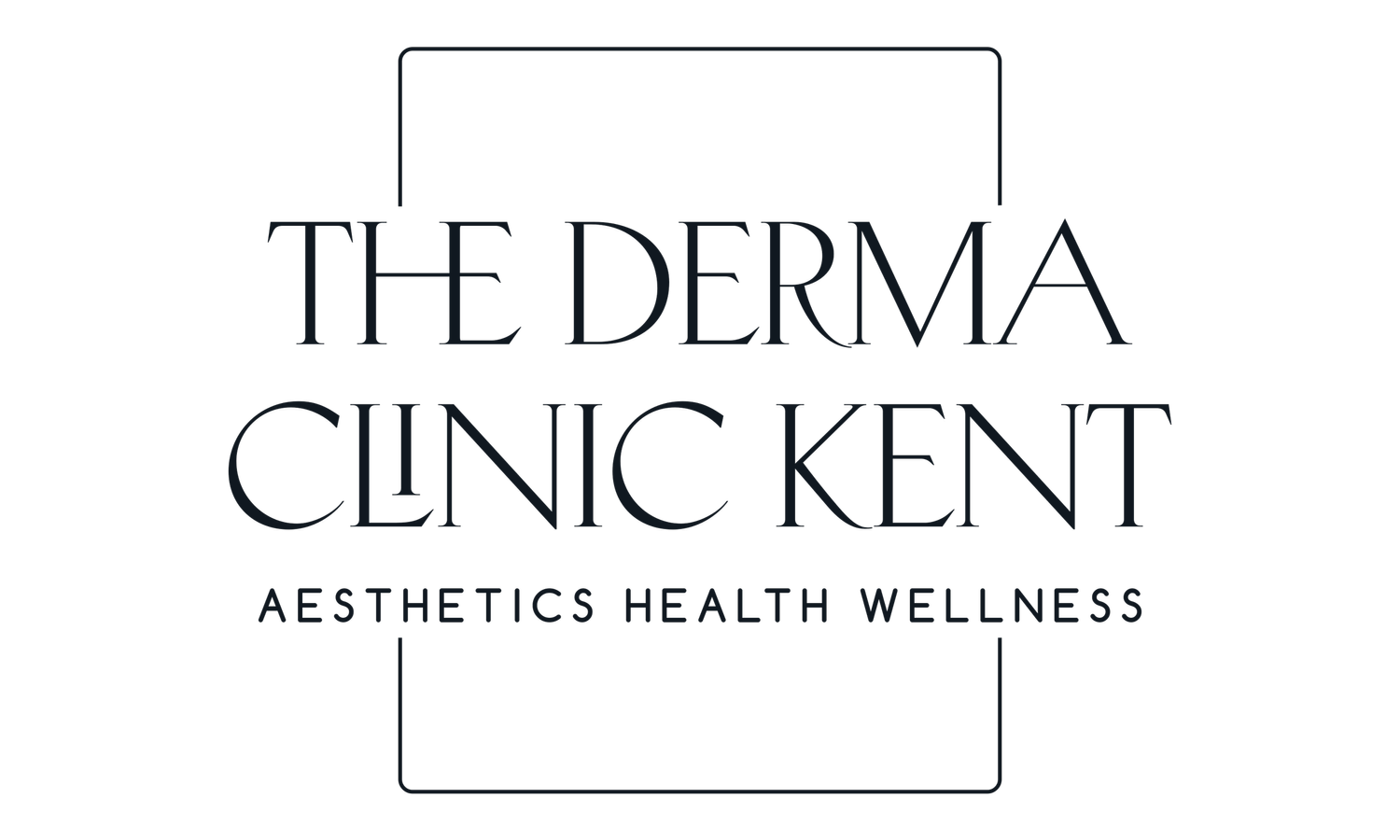Unveiling the Magic of Botox: From History to Popularity
In the world of cosmetic enhancements, few treatments have gained as much attention and popularity as Botox. This remarkable procedure has revolutionised the way we address wrinkles and fine lines, offering a non-invasive solution that has taken the beauty industry by storm. In this blog post, we'll delve into the science behind Botox, its intriguing history, and the reasons behind its widespread appeal.
The Science Behind Botox:
Botox, short for Botulinum Toxin, is a naturally occurring protein produced by the bacterium Clostridium botulinum. While the word "toxin" may sound alarming, Botox's cosmetic usage involves highly diluted and purified forms that are safe for human application. Its primary function is to temporarily paralyse muscle activity by blocking nerve signals, which results in a reduction in the appearance of wrinkles and fine lines.
How Botox Works:
When injected into specific facial muscles, Botox works by preventing nerve signals from reaching the muscles, causing them to relax. This relaxation reduces the contraction of muscles responsible for creating dynamic wrinkles, such as crow's feet and frown lines. The result is smoother, younger-looking skin that can last for several months.
A Glimpse into Botox's History:
Botox's journey from toxin to beauty enhancer is a fascinating one. It was first discovered in the late 19th century by Dr. Emile Pierre van Ermengem, who identified the bacterium responsible for producing the toxin. However, its application as a cosmetic treatment didn't begin until the late 20th century. In the 1980s and 1990s, ophthalmologist Dr. Jean Carruthers and her husband, dermatologist Dr. Alastair Carruthers, observed that Botox injections not only improved eye conditions but also reduced wrinkles around the eyes. This serendipitous discovery paved the way for Botox's cosmetic use.
Why Botox Is So Popular:
1. Non-Invasive: Botox offers a non-surgical alternative to more invasive procedures, making it an attractive option for those seeking rejuvenation without extensive downtime.
2. Quick and Effective: Botox injections are quick, often taking less than 15 minutes, with results becoming noticeable within a few days. The convenience and relatively fast results appeal to busy individuals.
3. Versatility: Botox is versatile and can address a variety of concerns, including forehead lines, crow's feet, and even excessive sweating (hyperhidrosis).
4. Temporary Effects: For those unsure about committing to long-lasting changes, Botox's effects are temporary, lasting around 3 to 6 months. This provides a level of flexibility and allows individuals to reassess their preferences over time.
5. Minimal Side Effects: When administered by a qualified professional, Botox generally has minimal side effects. Any potential risks are significantly lower compared to surgical interventions.
Conclusion:
Botox has emerged as a revolutionary cosmetic treatment that harnesses the power of science to turn back the clock on aging. With its intriguing history, ability to provide quick and effective results, and relatively low risk profile, it's no wonder why Botox has garnered immense popularity. Whether you're seeking to diminish wrinkles or enhance your overall appearance, Botox offers a minimally invasive route to achieving a youthful and refreshed look. As with any cosmetic procedure, consulting with a qualified medical professional is crucial to ensure safe and satisfying results.
